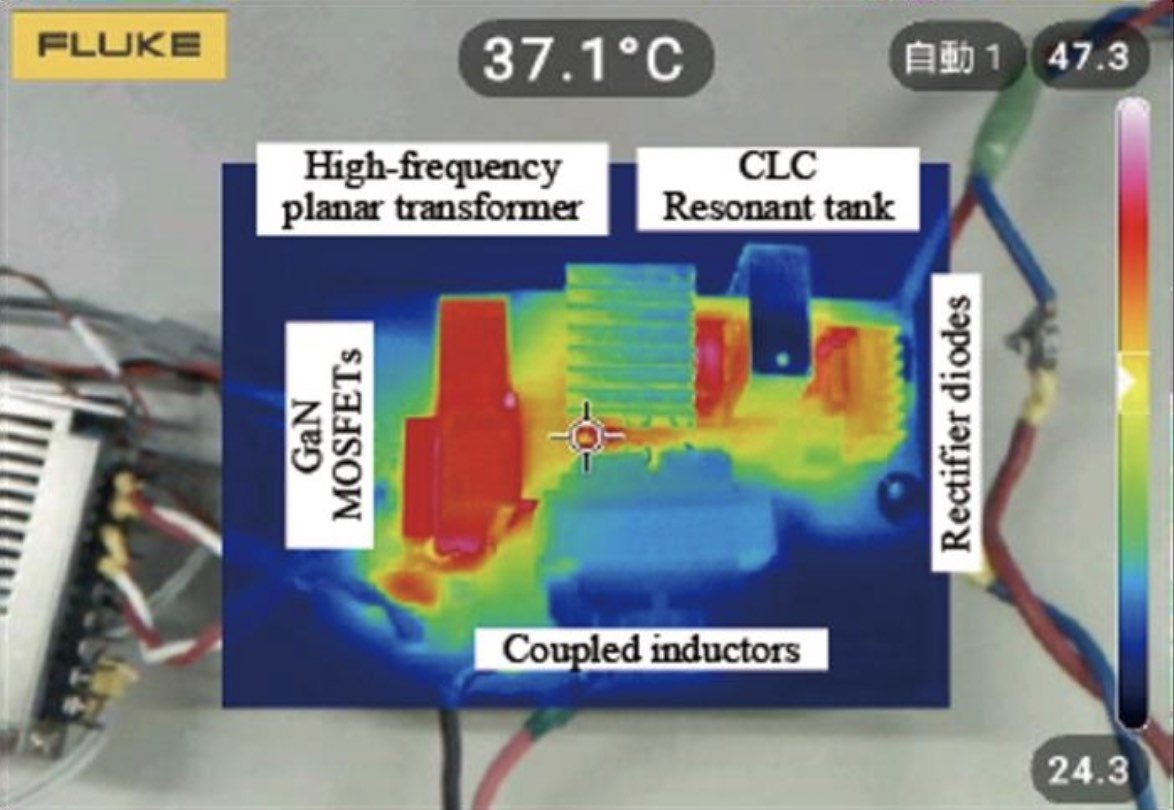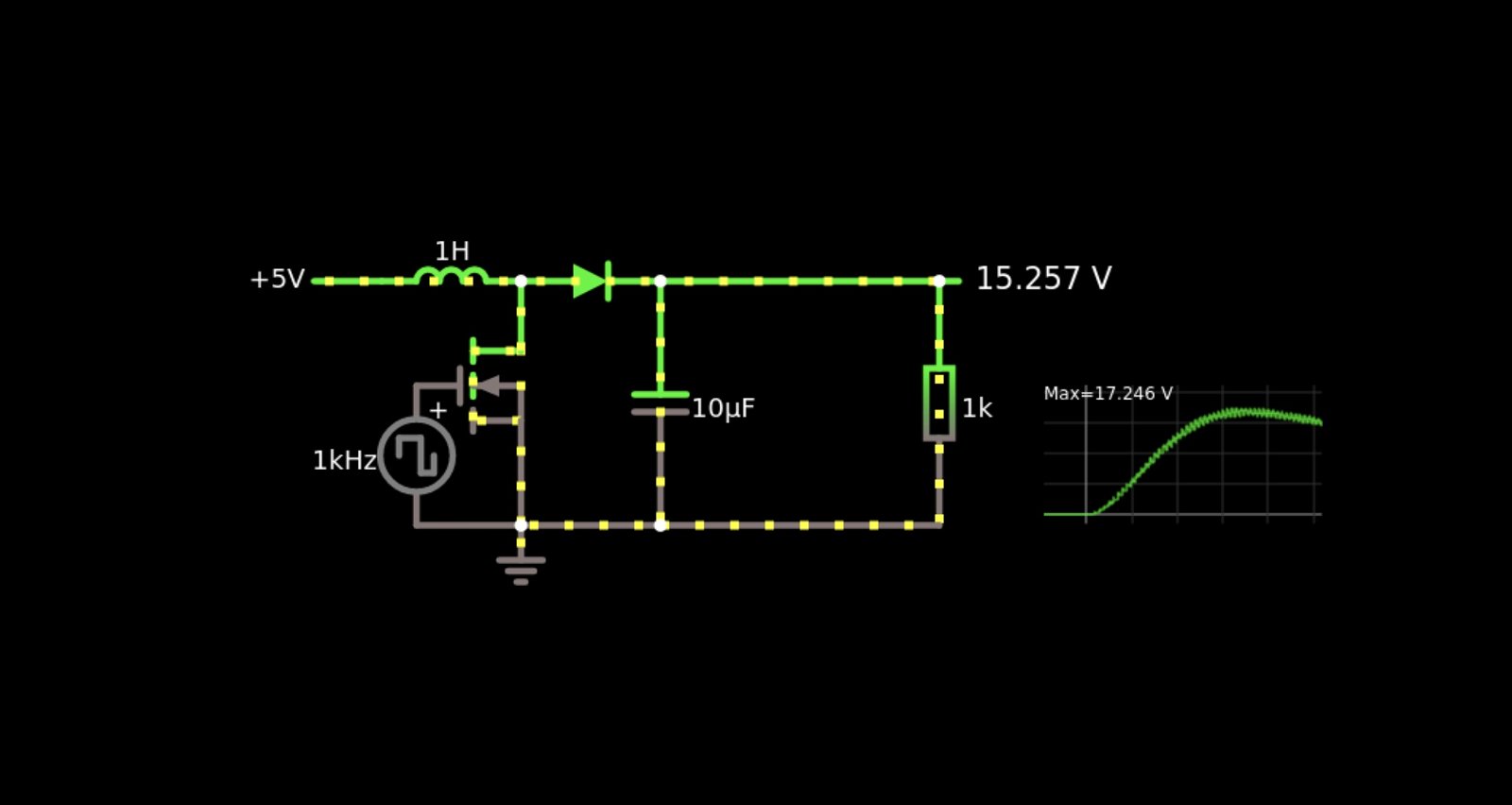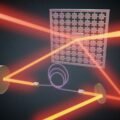Researchers report the development of a new concept for a new DC power converter capable of greater efficiency at lower cost and requiring less maintenance than existing electrical systems.
Developed by a team at Kobe University in Hyōgo, Japan, the direct current voltage boost converter could revolutionize the development and use of electric power generation in various applications.
Boost converters, which are also known as step-up converters, are a variety of switched -mode power supply devices that increase voltage while also reducing current in the conversion of direct current (DC) from the device’s input to its output. Most power converters of this variety contain a pair of semiconductors (and possibly more), along with a diode and a transistor, and an energy storage component that may include a capacitor that is sometimes combined with an inductor.
Boost converters are common features in devices that harvest energy from sources such as sunlight and provide power to medical devices and a range of other technologies. Because of their frequent use, boost converters generally feature as few individual parts as possible to maintain efficiency, both in terms of performance and cost.
Another reason for their simplicity is to help reduce the potential generation of excess heat, as well as electromagnetic “noise” that can potentially lead to disruptions in the performance of an electrical circuit.
Ideally, this kind of power converter can quickly and efficiently change from one state to another within a circuit, with one collecting and storing energy and the other releasing it. However, as the speed at which switching occurs increases, the greater the potential generation of heat and electromagnetic noise can become, which reduces the devices’ performance.
Now, the team at Kobe University believes they may have found a way to overcome some of these problems by combining high-frequency switching capabilities that operate close to ten times higher than existing boost generators and a new technique that limits the amount of heat and electromagnetic noise that normally result from higher switching speeds.


At the heart of their innovation is a technique known as soft switching. This technique reduces electromagnetic interference and power loss from heat while also reducing the number of components within the device. This combination helps to maintain the traditional cost and performance efficiency of boost generators.
“When the circuit changes between two states, there is a brief period when the switch is not completely closed, and at that point there is both a voltage and a current across the switch,” explained Dr. Mishima Tomokazu in a statement.
In essence, while the switch is operating like a resistor, it dissipates heat. As the device’s switch rate changes, the amount of dissipation also increases. Soft switching helps to ensure that the switch changes occur at zero voltage, which helps to limit the amount of heat loss that occurs.
In the past, soft switching has usually relied on elements known as snubbers, which implement energy sinks during the transition period to help combat energy losses. However, Mishima and his team’s new design relies instead on what are called “resonant tank” circuits, which similarly have lower losses because they can store energy during the switching period.
The Kobe team’s new design also relies on flat components printed onto a circuit board, known as a planar transformer, which reduces heat loss and improves overall efficiency.
“We confirmed that our snubberless design has much reduced electromagnetic noise and a high energy efficiency of up to 91.3 percent, which is unprecedented for a MHz drive with high voltage conversion ratio,” Mishima said, describing a prototype that he and his team constructed.
“This ratio is also more than 1.5 times higher than existing designs,” Mishima said, adding that the team hopes to increase the efficiency of their design even more by using magnetic components that will help to further reduce power dissipation in the device.
“The current development is a 100W-class small-capacity prototype, but we aim to expand the power capacity to a larger kW-class capacity in the future by improving the electronic circuit board and other components,” Mishima said.
The new, highly efficient boost converter could potentially have significant applications in renewable energy, information and telecommunications systems, and even the transportation industry.
Mishima and his colleagues detail their achievement in a study published in the IEEE Transactions on Power Electronics.
Micah Hanks is the Editor-in-Chief and Co-Founder of The Debrief. He can be reached by email at micah@thedebrief.org. Follow his work at micahhanks.com and on X: @MicahHanks.

